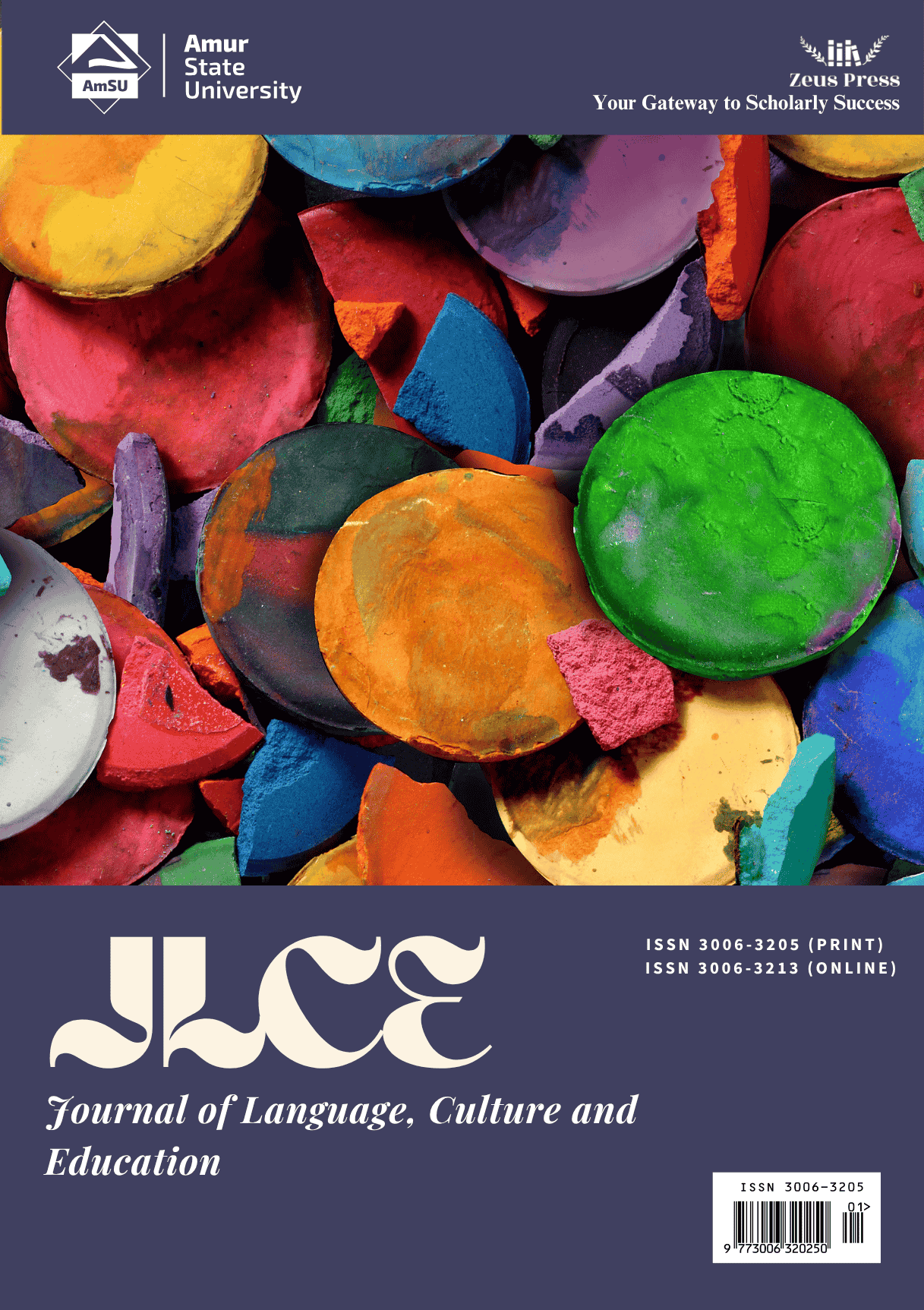Knowledge Mapping Analysis of Intangible Cultural Heritage Based on CSSCI Journal Articles
Main Article Content
Keywords
intangible cultural heritage (ICH), knowledge map, safeguarding and transmission, visualization
Abstract
In this study, CiteSpace knowledge mapping software was used to draw a knowledge map of domestic research on China's intangible cultural heritage (ICH) from 2011 to 2024 and extract the hotspots of research on the overall situation of research on intangible heritage in the academic community since 2013. We find that research on ICH has entered a rapid development stage in recent years, and a series of high-level research results have been achieved. The “core group of authors” is gradually being established, and the research results are gradually enriched. With the development of science and technology, the related research field is gradually forming into a new field of multidisciplinary and inter-specialized research, and the national level is also paying more attention to the research of ICH. At the same time, however, there are some problems, such as the lack of collaboration between research organizations and researchers, and the fragmentation of research, which is not conducive to broader research. Although the field of ICH has been developed for more than 20 years, how to position the field scientifically is still worthy of in-depth consideration. How to effectively serve China's ICH and its past research results for its creative transformation and innovative development is also a major issue that researchers in the field need to pay attention to and solve today.
References
- Bamo, Q. (2008). Intangible cultural heritage: From concept to practice. National Art, (1), 6-17.
- Gao, B. (2008). Intangible cultural heritage as public culture. Literary and Art Studies, (2), 77-83.
- He, X. (2005). Theoretical reflections on the protection of intangible cultural heritage. Jiangxi Social Sciences, (2), 103-109.
- Hu, X. (2014). What new contributions can the convention for the safeguarding of intangible cultural heritage bring to China: Also discussing the concept of regional holistic protection of intangible cultural heritage. Cultural Heritage, (1), 1-8.
- Jin, X., Chen, Y., & Zhong, Z. (2003). How libraries actively participate in the protection of intangible cultural heritage. Library Journal, (2), 55-56.
- Liu, K. (2007). On the protection of China’s intangible cultural heritage in the context of globalization. Henan Social Sciences, (1), 25-34.
- Qiao, X. (2003). On agricultural cultural resources and intangible cultural heritage. Journal of Yunnan Nationalities University (Philosophy and Social Sciences Edition), (4), 83-86.


